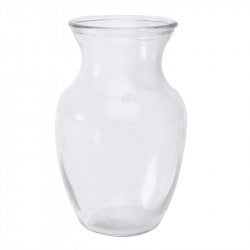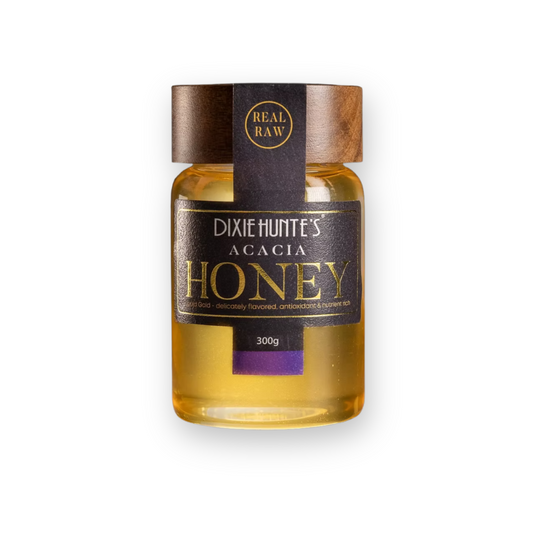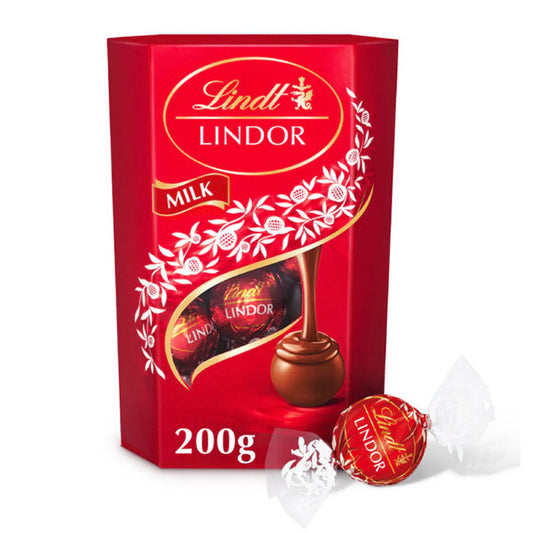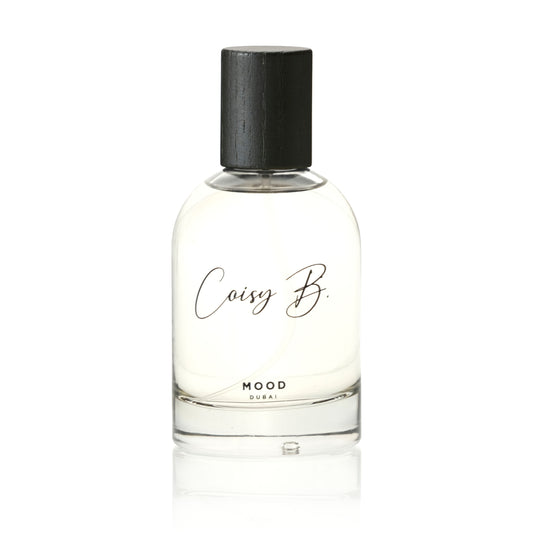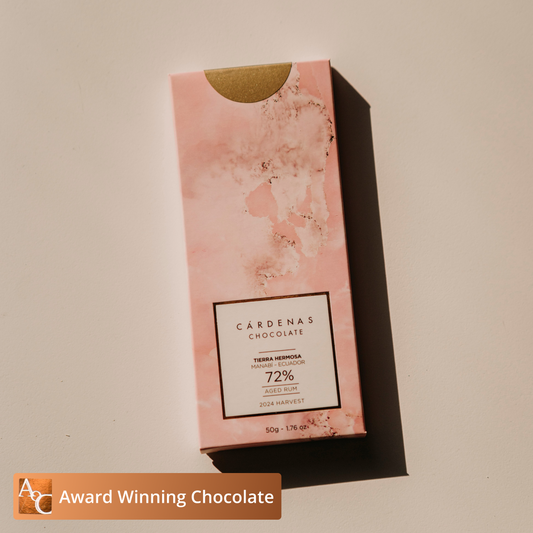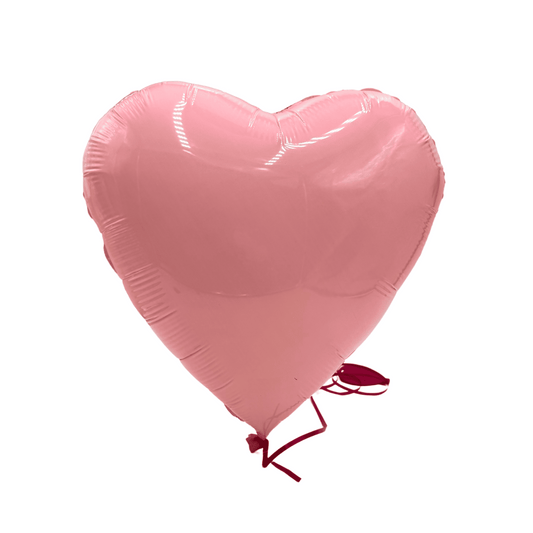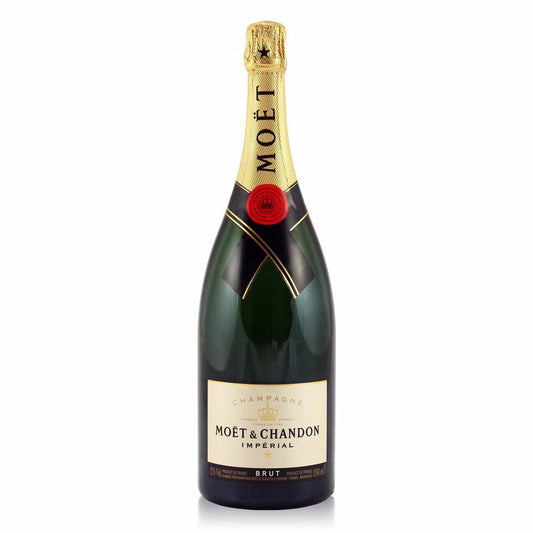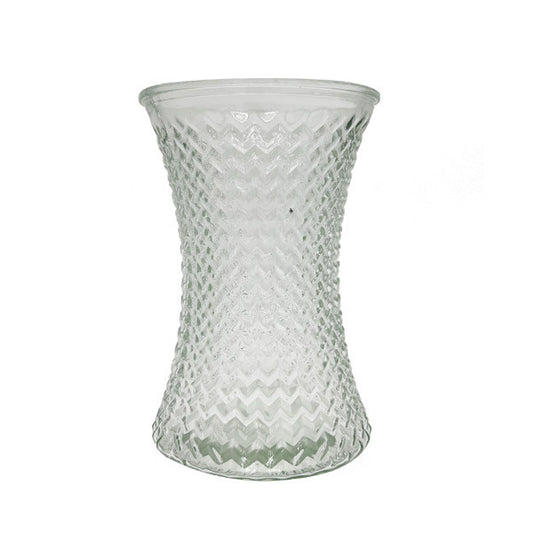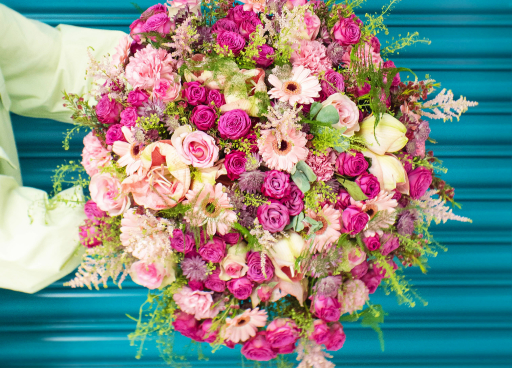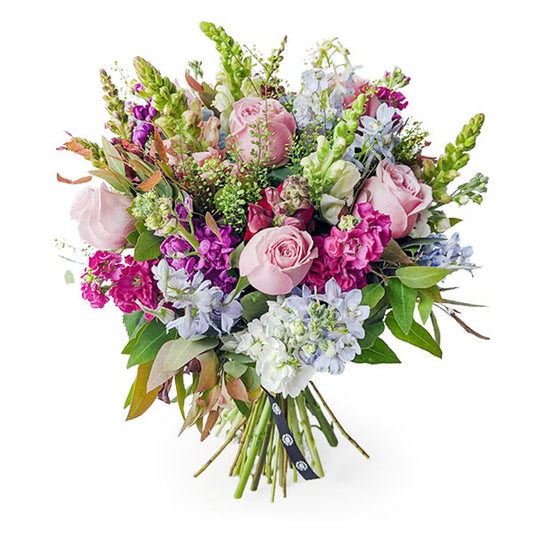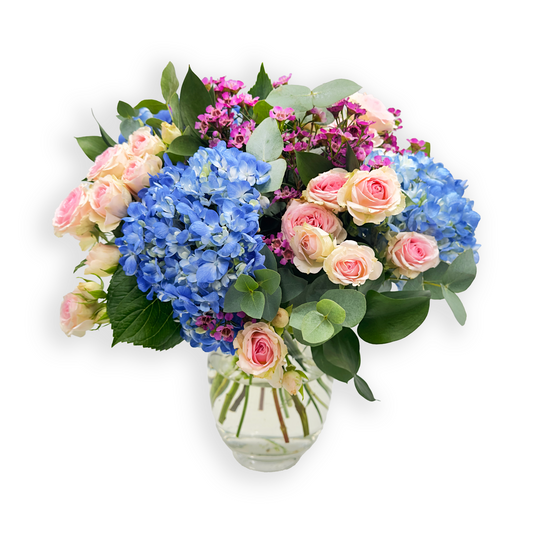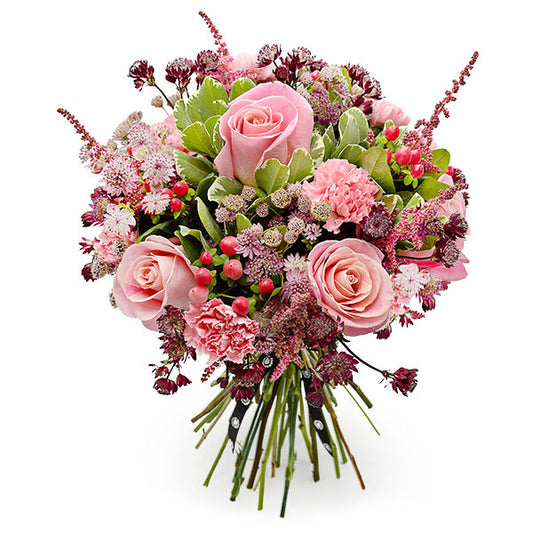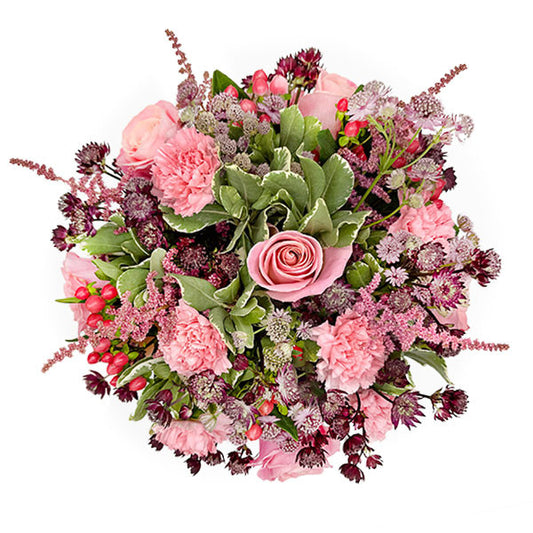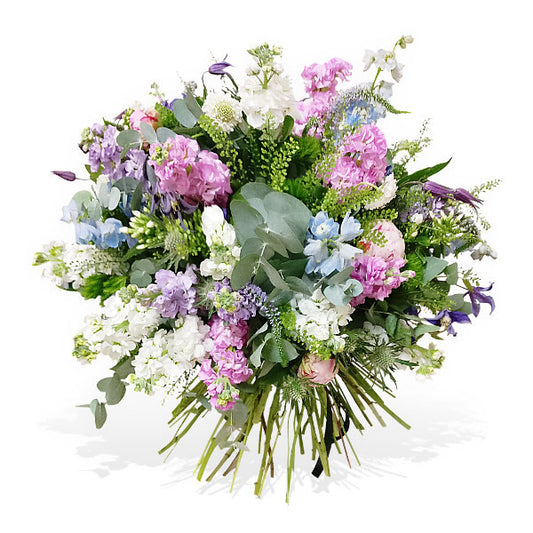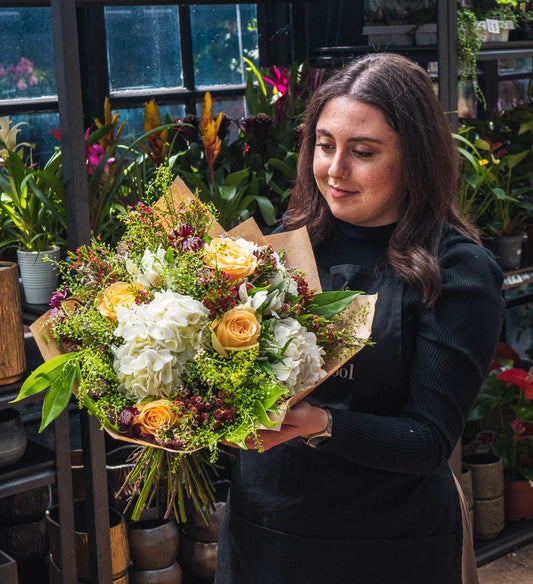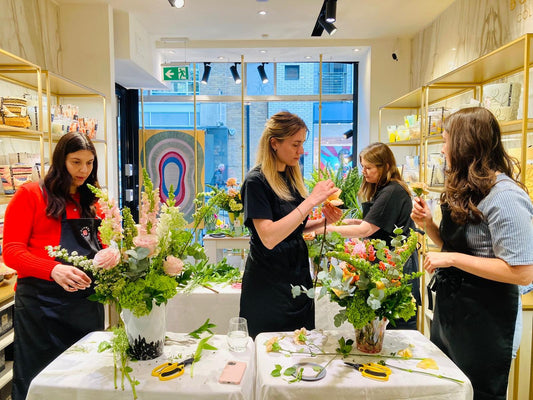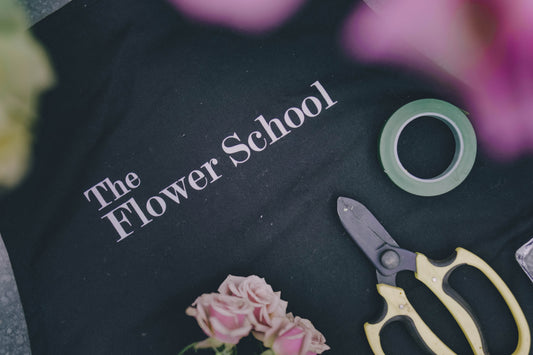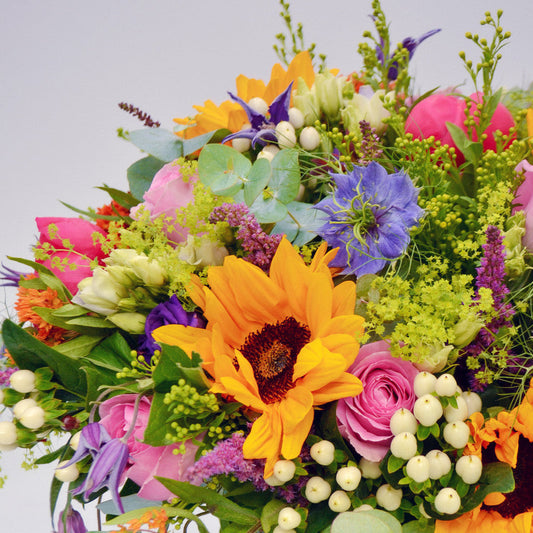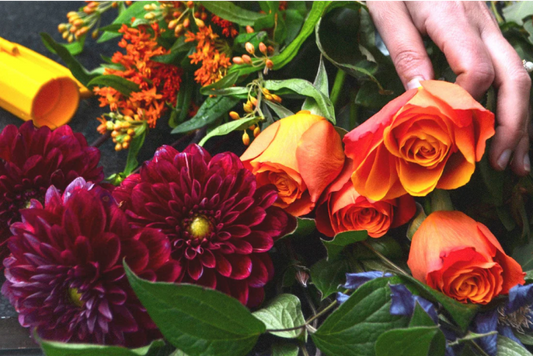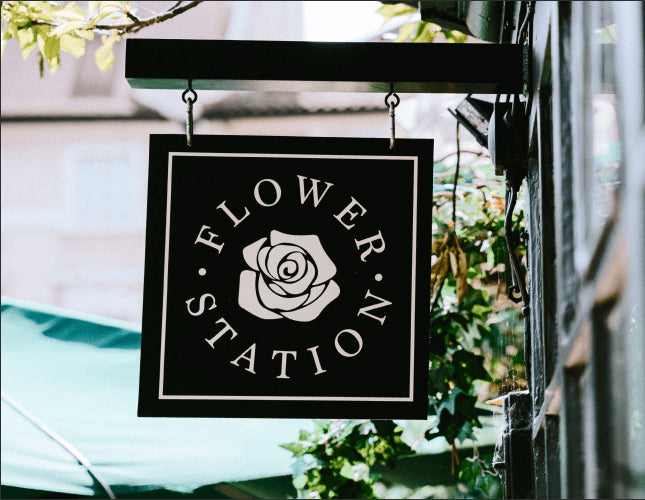
Flowers Named After Famous People: Gerbera
Author: Flower StationIt has been the hobby horse of botanists for centuries: Naming plants after their friends and relatives, Royalty and famous people of their time. The Gerbera is a plant that went that way, even though we use it as a common name these days. But who was the person it was named after?
Best Selling Flowers
Send Video Message
This unique service allows you to add a heartfelt, creative video message to your order and make the recipient’s day even more special.
See how it works.
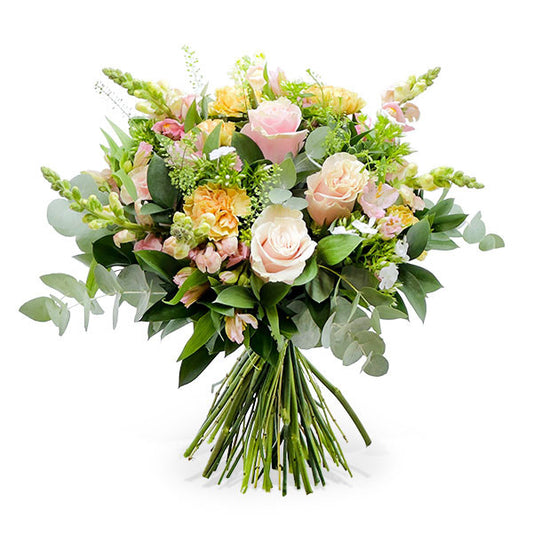
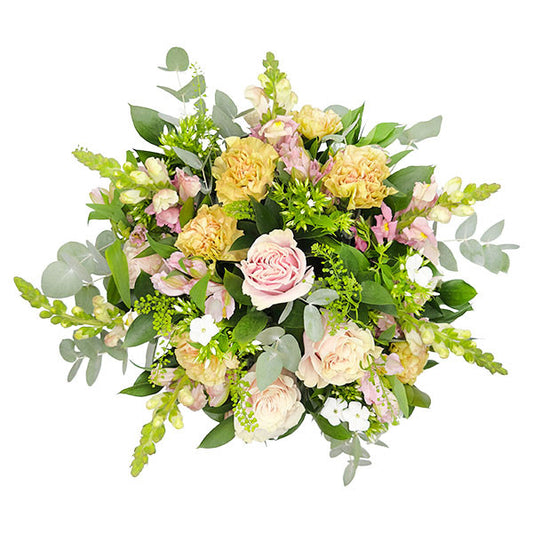
A Parisian Romance
Send Video Message
This unique service allows you to add a heartfelt, creative video message to your order and make the recipient’s day even more special.
See how it works.
Send Video Message
This unique service allows you to add a heartfelt, creative video message to your order and make the recipient’s day even more special.
See how it works.

Sunflowers & Roses
Send Video Message
This unique service allows you to add a heartfelt, creative video message to your order and make the recipient’s day even more special.
See how it works.
Send Video Message
This unique service allows you to add a heartfelt, creative video message to your order and make the recipient’s day even more special.
See how it works.
Send Video Message
This unique service allows you to add a heartfelt, creative video message to your order and make the recipient’s day even more special.
See how it works.
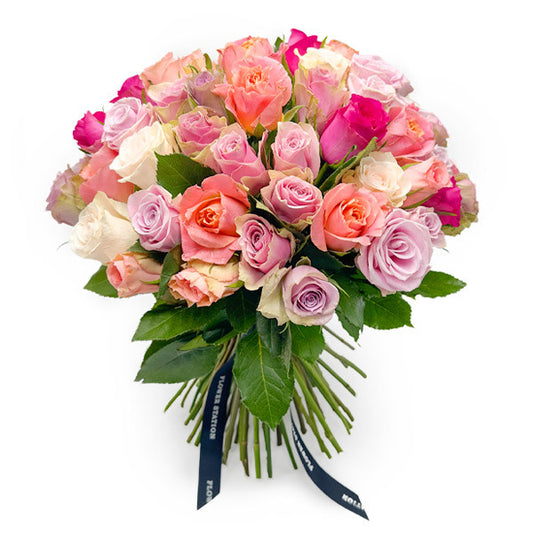
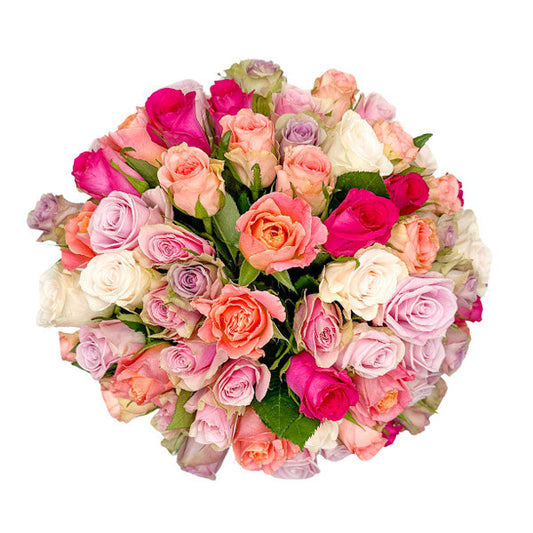
Cherished Rose Mix
Send Video Message
This unique service allows you to add a heartfelt, creative video message to your order and make the recipient’s day even more special.
See how it works.
Send Video Message
This unique service allows you to add a heartfelt, creative video message to your order and make the recipient’s day even more special.
See how it works.
Initially, the plant commonly known as Gerbera today was called African or Ethiopian aster. In 1737, the Dutch botanist Jan Frederik Gronovius described the Transvaal daisy and named it Gerbera after the contemporary physician and botanist Traugott Gerber. It is not known why he chose to do so. Gronovius’ papers are held at the British Museum and might contain clues to that puzzle. When Gronovius’ friend and pupil Carl Linnaeus included it into his systematic, he kept the name for it unchanged.
Traugott Gerber was born in Zodel, a village in Lower Silesia. Today, Zodel is in Germany and marks the eastern most tip of the country. Gerber’s father Johan Georg was the Lutheran village vicar who died before Traugott’s birth in January 1710. The church registry shows his baptism for the 16th of January of that year. Of his youth and his growing up we know nothing.
His education must have been a good one, though, despite being fatherless. In 1730, he registered as a medical student at the University of Leipzig. In 1735, he passed his doctorate on the value of his dissertation De Thoracibus about the part of the human chest protected by the ribcage (Latin thorax).
He must have been a success there, too, as he was called directly from finishing his studies to the court of Tsarina Anna Ivanovna in Moscow. His studies must have been accompanied by extensive studies in botany as he was made director of the oldest botanical garden in Moscow by the Tsarina. Besides that, he held lectures on medicine at the University of Moscow.
Between 1739 and 1741, he organised and headed several expeditions on Russian territory to catalogue plants. Aim of these expeditions was to find, identify and possibly develop native plants and herbs with pharmaceutical properties for medical use. In 1742, he accompanied the Russian Army as a doctor to Finland in the second Russian-Swedish War. He died near Vyborg north of Saint Petersburg in 1743 of unknown causes.
His last letter (at least as known) was addressed to Swiss physician, botanist, and polymath Albrecht von Haller. Von Haller was a regular correspondent as were other notable botanists of the time and many of Gerber’s letters have been preserved all over Europe. In an answer, von Haller encouraged him to continue his research into Russian botany and to continue his work ‘despite not receiving the recognition due to him’.
All scientific and private papers of Gerber’s had been held in the Russian Military Archive since his death and were therefore unavailable for scientific research. In 1999, Russia handed over a complete set of copies to the curators of the Traugott Gerber Museum (in construction) in Zodel. The research to be done on these papers, though, will take years and we may not expect results for quite some time.

